Follicle Count:
Follicle Count:

Hair loss, or alopecia, occurs when the natural hair growth cycle is disrupted, leading to excessive shedding and thinning. While some hair loss is normal, excessive or sudden loss can be concerning. The most common type, androgenetic alopecia (male-pattern or female-pattern baldness), is primarily influenced by genetics and hormones. Other causes include hormonal imbalances (due to pregnancy, menopause, or thyroid disorders), autoimmune conditions like alopecia areata, and lifestyle factors such as stress, poor nutrition, or excessive hairstyling.
Managing hair loss requires a targeted approach based on its underlying cause. Treatment options range from medications like minoxidil and finasteride, to surgical procedures such as hair transplants. Additionally, lifestyle modifications, including a nutrient-rich diet and stress management, can help maintain hair health. Identifying the root cause of hair loss is essential for choosing the most effective treatment plan and restoring both hair and confidence.


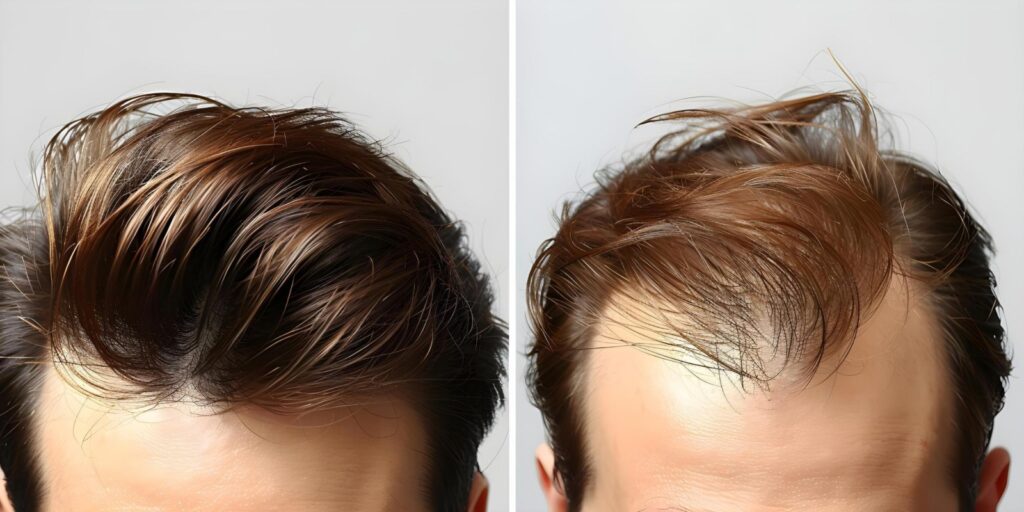
Understanding these causes helps in selecting the right treatment and preventive measures for healthy hair growth.

Hair loss can occur due to various factors, with different types requiring specific treatments. The most common types include:
Understanding the type of hair loss is crucial in selecting the right treatment approach, whether it’s medications, lifestyle changes, or advanced hair restoration procedures.

Commonly known as male-pattern or female-pattern baldness, it’s characterized by a gradual, predictable pattern of hair loss.

This autoimmune condition causes patchy hair loss on the scalp or other areas of the body. It can occur suddenly and may resolve on its own or require treatment.


Following these steps can strengthen hair, reduce shedding, and promote long-term hair health.

Hair loss can be effectively managed through non-surgical medical treatments, advanced therapies, and surgical procedures. The right approach depends on the individual’s hair loss stage, cause, and expectations.
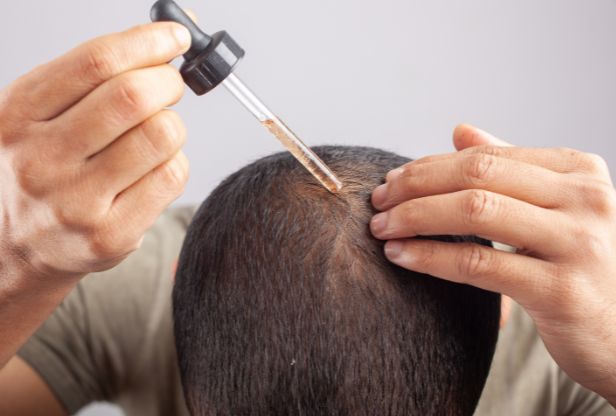
Uses growth factors from the patient’s own blood to repair follicles and stimulate new hair growth.
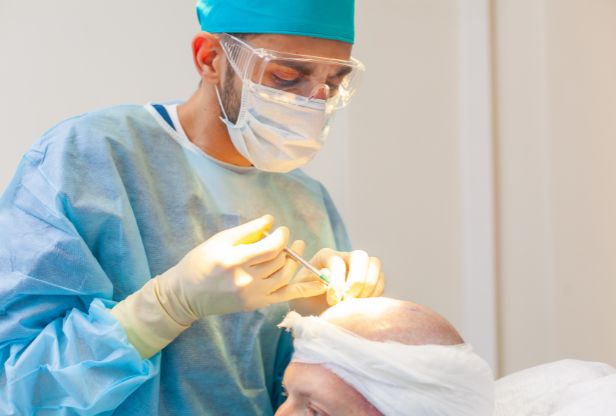
A more refined and concentrated version of PRP, delivering higher levels of regenerative growth factors.

A technique where micro-injections of vitamins, enzymes, and medications are delivered directly to the scalp to nourish hair follicles.

A minimally invasive procedure that uses fine needles to stimulate collagen production, improving hair growth by enhancing absorption of topical treatments.

Uses red light wavelengths to improve scalp blood circulation and stimulate weak hair follicles.
Choosing the Right Treatment
The best treatment plan depends on the stage of hair loss, donor availability, and individual goals. A consultation with a specialist dermatologist or hair expert can help determine the most effective approach for long-term hair health and restoration.


FDA-approved treatment that increases blood flow to hair follicles, stimulating growth and reducing hair thinning.

A prescription drug for men that lowers DHT levels, slowing hair loss and promoting regrowth.

A stronger alternative to finasteride that blocks DHT more effectively but is prescribed selectively.

Biotin, iron, zinc, and amino acids help strengthen hair from within.

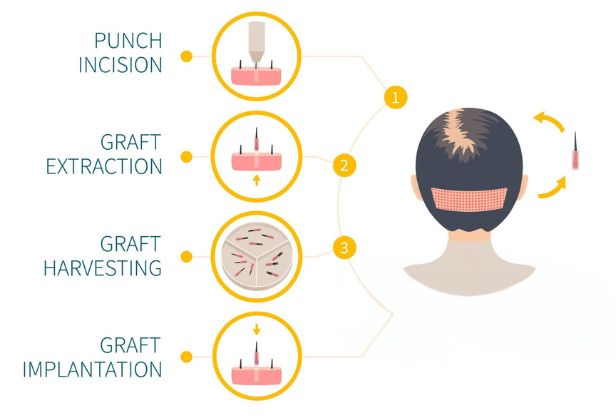
The most preferred technique, where individual follicles are extracted and transplanted for natural, high-density results while preserving donor health.
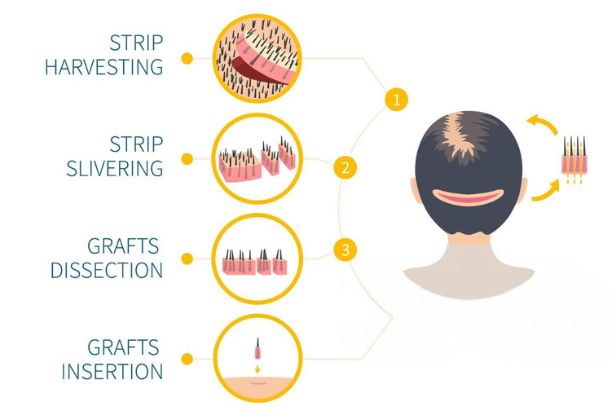
An older method that involves removing a strip of scalp from the donor area. More invasive, leaves a linear scar, and is not generally recommended.

Our Advanced FUE technique uses cutting-edge technology to gently extract and implant individual hair follicles with pinpoint accuracy. This minimally invasive procedure reduces discomfort, speeds up recovery, and delivers natural-looking results. It’s designed to be as seamless and stress-free as possible, ensuring you can return to your daily routine swiftly while enjoying a fuller, natural-looking head of hair.


Read our latest articles on hair and skin care.

Get answers to your most common questions.
Yes, chronic stress can lead to a condition called telogen effluvium, where hair prematurely enters the shedding phase of the growth cycle. Managing stress through relaxation techniques can reduce this type of hair loss.
Yes, in most cases, hair loss is permanent. Hair transplant surgery is the only effective, long-term solution to restore lost hair by transplanting healthy follicles to thinning or bald areas.
For medications like minoxidil and finasteride, visible results typically take 3 to 6 months. Hair transplant results can take 6 to 12 months to fully appear.
Natural remedies can help reduce hair fall and improve hair health, but they cannot reverse permanent hair loss.

Get answers to your most common questions.
Yes, chronic stress can lead to a condition called telogen effluvium, where hair prematurely enters the shedding phase of the growth cycle. Managing stress through relaxation techniques can reduce this type of hair loss.
Yes, in most cases, hair loss is permanent. Hair transplant surgery is the only effective, long-term solution to restore lost hair by transplanting healthy follicles to thinning or bald areas.
For medications like minoxidil and finasteride, visible results typically take 3 to 6 months. Hair transplant results can take 6 to 12 months to fully appear.
Natural remedies can help reduce hair fall and improve hair health, but they cannot reverse permanent hair loss.
Get expert advice tailored to your needs. Our specialists are ready to guide you every step of the way.

Copyright © Edit Hair and Skin Clinic Pvt Ltd | All Rights Reserved | Privacy Policy | Payment T&C | Shipping Policy | Cancellation Policy |

